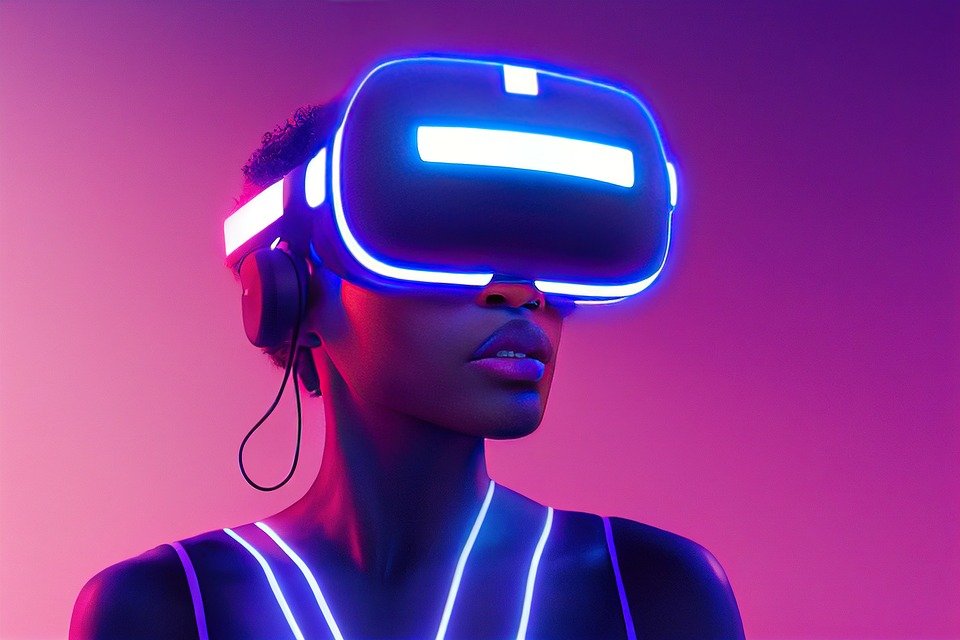The Evolution of Virtual Reality: From Sci-Fi Concept to Everyday Reality
Virtual reality (VR) has come a long way since its inception as a science fiction concept. What was once a distant dream has now become an everyday reality, offering users a way to immerse themselves in new worlds and experiences. The evolution of virtual reality has been a fascinating journey, marked by technological advancements and a growing demand for immersive entertainment and communication.
The earliest mentions of virtual reality can be traced back to science fiction literature in the 1930s and 40s, with authors such as Stanley G. Weinbaum and Ray Bradbury envisioning worlds where people could escape into virtual realms. It wasn’t until the 1960s, however, that the concept of VR started to take shape in the form of early simulations and experiments.
One of the first milestones in the development of virtual reality was the creation of the first head-mounted display (HMD) by computer scientist Ivan Sutherland in 1968. This groundbreaking invention laid the foundation for the VR headsets that are widely available today.
Throughout the 1980s and 90s, VR technology continued to evolve, with the development of more advanced HMDs and computer graphics capabilities. The gaming industry played a significant role in driving the adoption of VR, with companies like Sega and Nintendo introducing VR-based gaming experiences to consumers.
The early 2000s saw a lull in VR development as the technology faced several challenges, including high costs and limited capabilities. However, the past decade has witnessed a resurgence in interest and innovation in VR, fueled by advancements in display, motion tracking, and processing technologies.
Today, virtual reality has expanded beyond gaming and entertainment, finding applications in fields such as education, healthcare, architecture, and engineering. VR technology is being used to create immersive training simulations, assist in surgical procedures, and even help individuals with phobias and PTSD confront their fears in a controlled environment.
The recent popularity of VR headsets such as the Oculus Rift, HTC Vive, and PlayStation VR has made virtual reality more accessible to consumers, sparking a wave of interest in immersive experiences. Additionally, the development of standalone and mobile VR devices has made it easier for people to engage with VR content from anywhere.
Looking ahead, the future of virtual reality is filled with possibilities. As technology continues to advance, we can expect VR experiences to become even more realistic and immersive. This will open up new opportunities for businesses to create innovative products and services, while also transforming the way we communicate and interact with each other.
The evolution of virtual reality from a sci-fi concept to an everyday reality is a testament to human ingenuity and the power of technology. As VR continues to gain traction, it’s clear that we are only at the beginning of a new era in entertainment, communication, and human experience.
